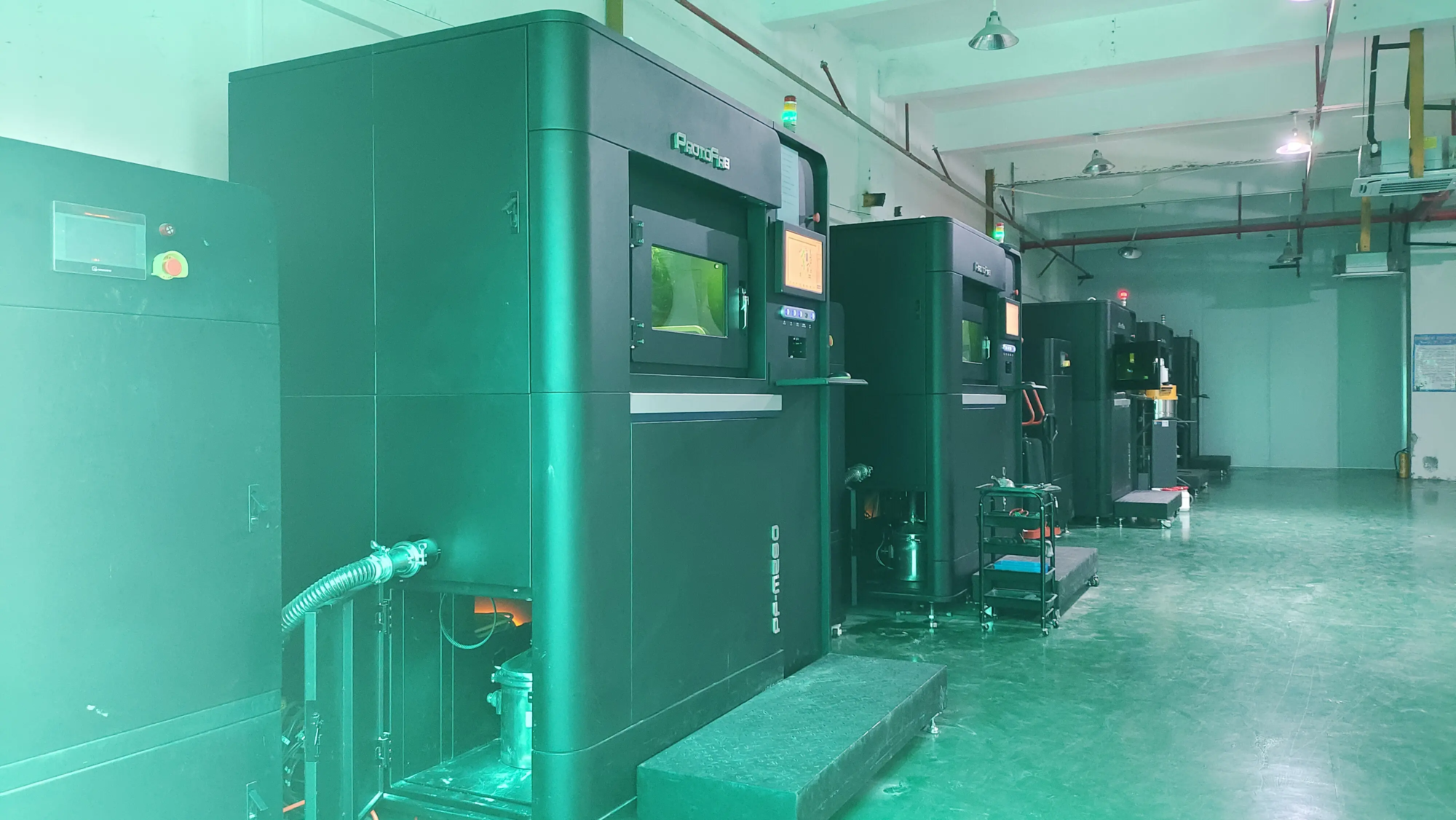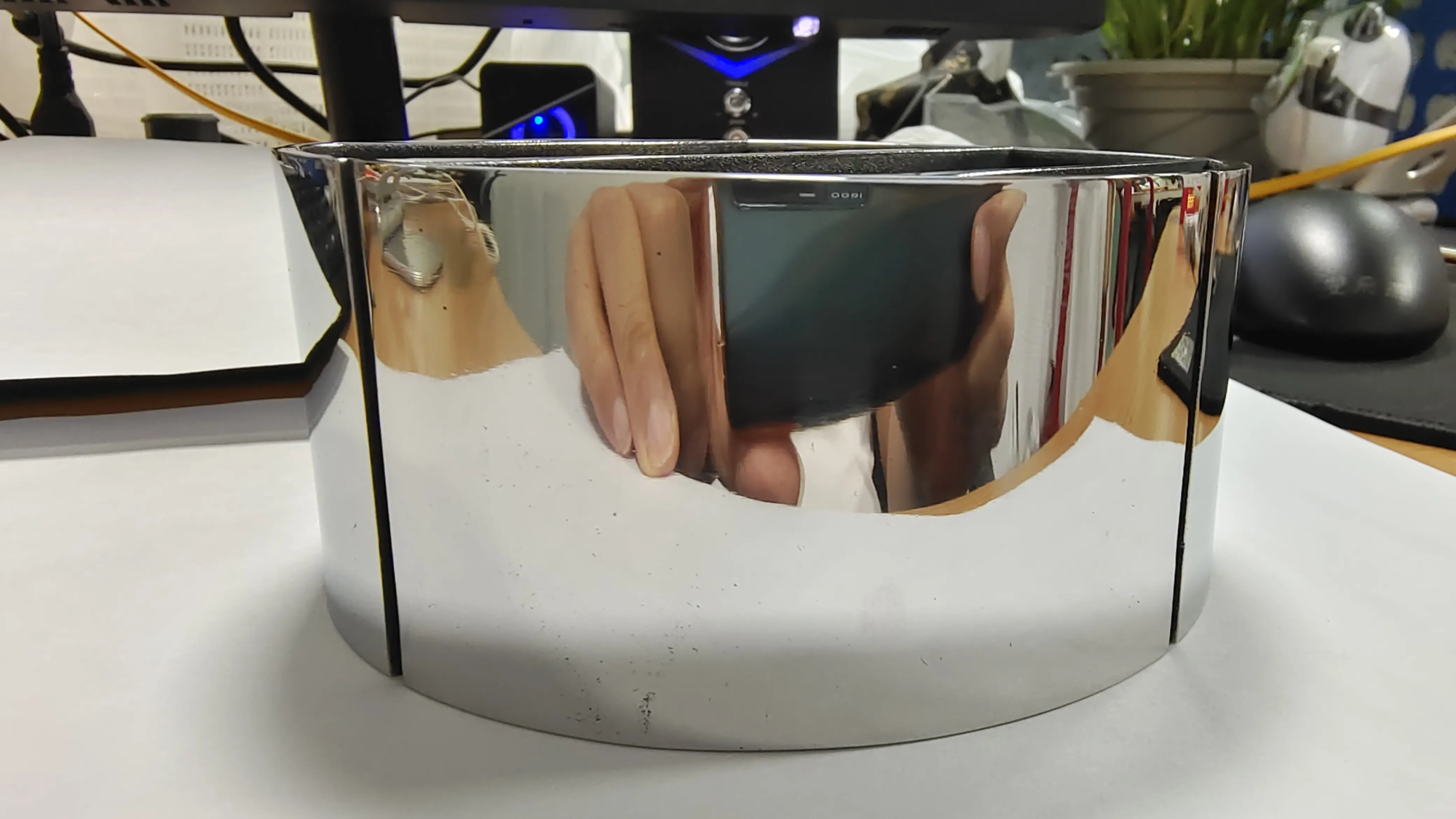In the past, the current orthosis printed in 3D was mainly used in members and trunks, and were used to correct deformations, assisted treatment and functional compensation. In fact, 3D printing also plays an important role in the field of head orthopedics, especially in the correction of the shape of the infantile head.
According to the resource database, in order to cope with the upward trend in infant calcification, the maternal and child hospital of the Singapore bamboo foot recently established the first local “Plagio Center” (Plagio Center), which specifically provides systematic assessment and treatment for babies suffering from plagiocephaly and flagiguation. It is also the first time that the Singapore public medical system officially introduces 3D printed helmets in treatment, providing personalized intervention methods for related babies.
The flat ceremony generally causes uneven pressure on the head due to the long -term dorsal decubitus lying on the baby, causing a flat or asymmetrical head shape. Some babies are also accompanied by torticollis, more restricting the movement of the head and aggravating the deformation. The Zhujia hospital said that the creation of the center is a response to the growing concern of all sectors of the Society for the Development and Health of Infants’ Heads. Over the past two years, the number of cases of Flathesad’s heads received by hospitals has increased by 36%, from more than 800 in 2022 to more than 1,000 in 2024.
In the newly established treatment center, the child will first undergo an assessment of the head morphology. Physiotherapy and regular observation are generally recommended for light cases; While for moderate in Graves, especially for infants under eight months, a 3D printed helmet is recommended for correction. The helmet is precisely modeled via 3D scanning technology to ensure an adjustment while using light and breathable materials to improve the comfort and compliance of babies.
The treatment principle consists in using the helmet to apply flexible pressure on a specific area while leaving room for growth for the flat area, thus guiding the skull to develop in a symmetrical direction. Doctors emphasize that the greater the intervention, the greater the efficiency. Most children can observe significant improvement after carrying it for 23 hours a day for 2 to 3 months.
In fact, as early as 2022, the geometry of Shanghai Yunliang was the first to place the correction field of the infant’s head. The smart orthopedic helmet “Smart Island Talentland” has been launched, which provides personalized personalized services for babies aged 3 to 18 months. It combines the technology of digitization, modeling and 3D printing to reach a balance between the orthopedic effect and comfort.
Currently, Yunliang’s geometry has cooperated with more than 20 Grade A children’s hospitals and high -end private hospitals across the country, and in its own GMP factory, the Fuzhi technology technology printer is used to produce helmets to ensure the quality and efficiency of products.




